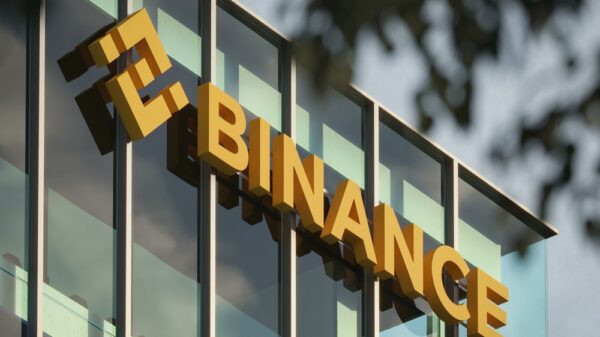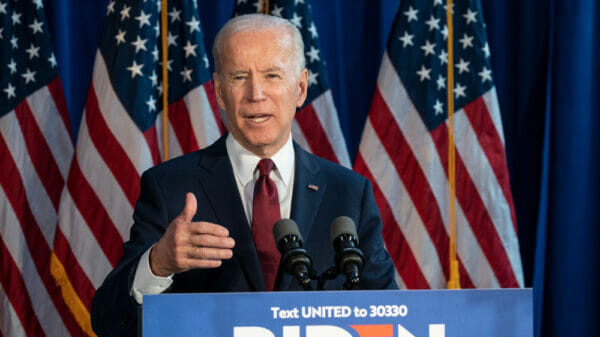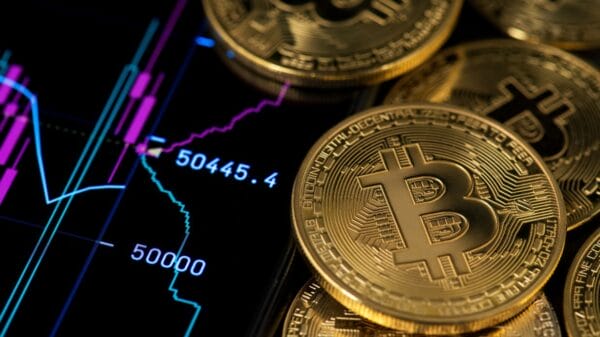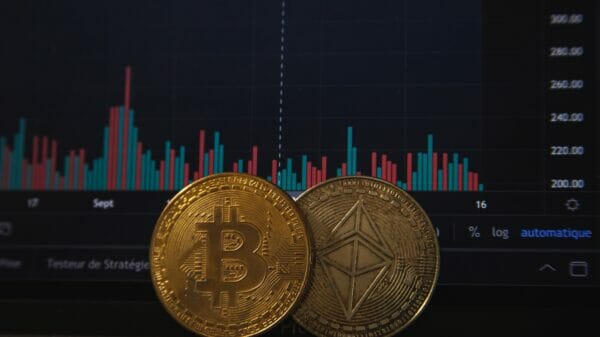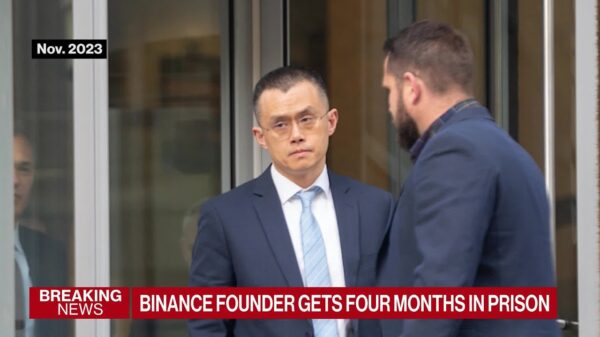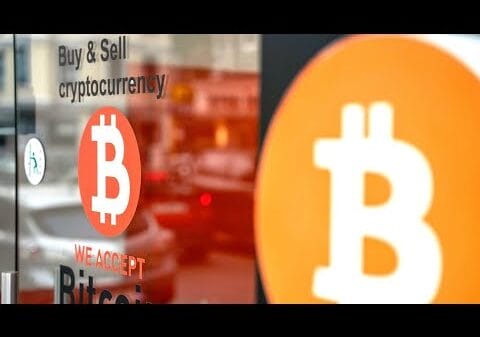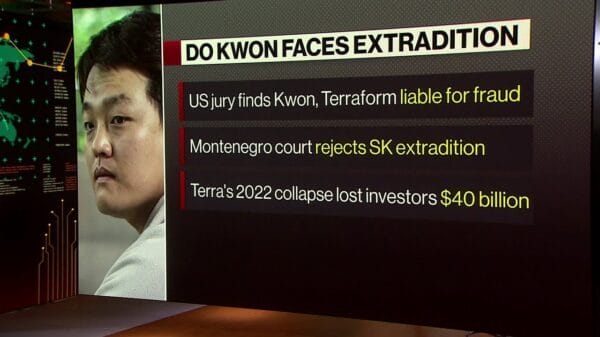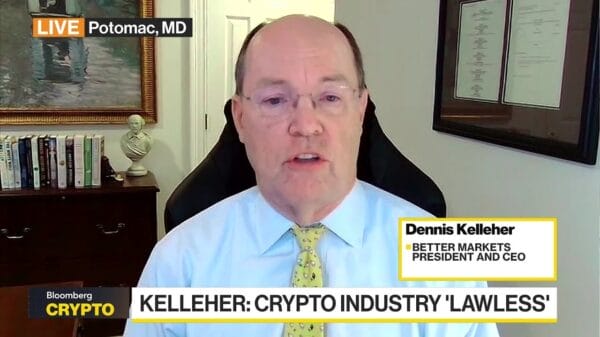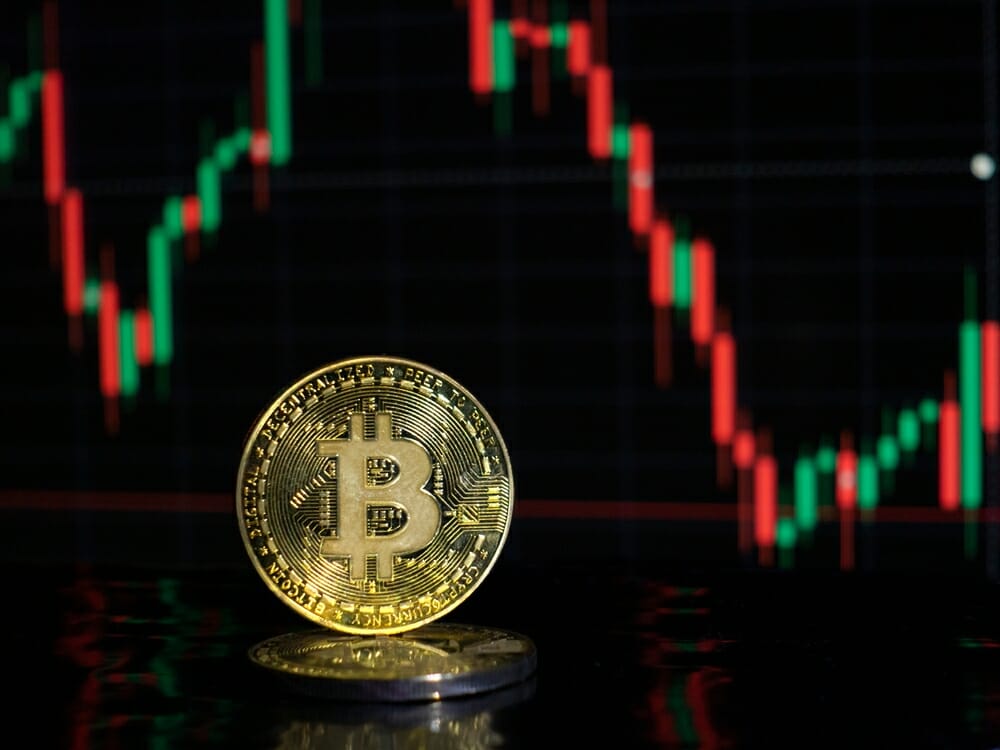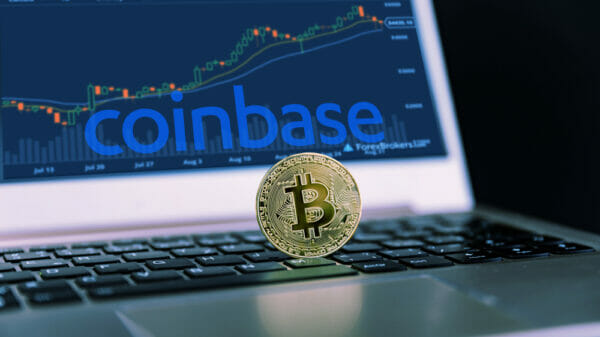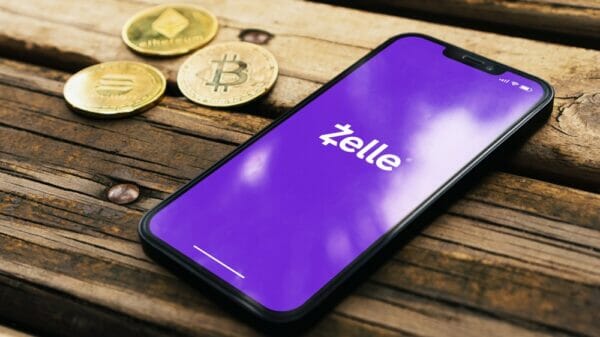As someone who has both taught and delved into token economics at the University of Nicosia, I have noticed that students often harbor misconceptions regarding the nature of tokens and how business and token economies operate.
In contrast to well-established fields such as microeconomics and macroeconomics that have been shaped by decades of research and discussion resulting in widely accepted principles, tokenomics is a relatively new area of study with many individuals lacking a background in economics.
The landscape is populated by numerous self-proclaimed “experts” who offer advice that may sound good in theory but falls short in practice.
When crafting a token economy, what truly matters is:
- Is the economic approach replicable?
- Is there a method to determine when and how to implement the strategy for your token and the anticipated value of doing so?
- Is there reputable research supporting the strategy to enhance credibility?
Deflationary Tokens
An example of a popular notion is the belief that deflationary tokens inherently hold an advantage. In essence, “deflationary” implies a diminishing token supply, theoretically elevating the purchasing power and value of each remaining token. On the flip side, “inflationary” signifies the opposite – a growing supply that, in theory, diminishes the value of each token.
You often encounter discussions praising how deflationary tokens bolster the value of a cryptocurrency project, like the commendation for Bitcoin’s limited supply and Ether’s deflationary supply post-Merge from blockchain experts like Tanvir Zafar.
This idea is also endorsed by Tokenomics DAO, a widely recognized community promoting tokenomics best practices, which details in its “Tokenomics 101” page:
“Those familiar with Bitcoin will appreciate its simplicity, elegance, and capped total supply. Bitcoin’s tokenomics have introduced digital scarcity reinforced by the network through token incentives.”
However, according to Will Cong, a professor and faculty director at Cornell University’s FinTech initiative, although many token designs emphasize deflation, they are not necessarily well-crafted. Cong notes that many platforms fail to establish a logical objective for their token supply and allocation policy, often drawing inspiration from tweets and community beliefs.
Focusing solely on whether a token is inflationary or deflationary diverts attention from core issues. Token prices can always adjust to meet supply, and each token can be divided into smaller units, rendering a fixed supply moot if the token lacks value for end-users.
“For example, some inflationary coins with substantial burn rates may alternate between inflationary and deflationary states, like Solana,” explains Eloisa Marchesoni, a tokenomics consultant. “Although Solana’s inflation rate initially stood at 10%, it will gradually decrease to 1.5% in about a decade, with deflationary elements, such as a portion of transaction fees being burned.”
“With a high transaction volume, the burned fees could exceed 1.5%, potentially leading to a 0% inflation rate for Solana in the long term, making it deflationary.”
Token Price Declines and Deflation
While cryptocurrencies exhibit distinct behavior from traditional assets, as per research studies by professors Yukun Liu and Aleh Tsyvinski, they are heavily swayed by momentum and market size. Essentially, investor sentiment and platform user count are crucial predictors of cryptocurrency performance and volatility.
Although fluctuations in traditional asset valuations might not have a direct impact on cryptocurrencies, they can indirectly influence them through spill-over effects. For instance, shifts in interest rates can curb investor risk appetite, particularly in sectors like real estate.
Thus, even if a token features deflationary characteristics, a broad macroeconomic shock dampening overall demand diminishes the usability of these deflationary traits. A decline in demand leads to reduced token prices, diminishing their purchasing power.
Nevertheless, the cryptocurrencies with the largest market capitalization generally prove to be the most resilient to global economic downturns, primarily referring to Bitcoin and Ether.
New Approaches to Tokenomics
Numerous tokens boasting innovative tokenomics have surged in popularity propelled by fleeting social media trends only to dwindle as the fads wane.
“SafeMoon relied on substantial selling fees and deflationary mechanisms to convince holders that prices would perpetually rise, despite the protocol failing to address the actual problem it aimed to solve,” remarks Eric Waisanen, CFO of Phi Labs Global.
Similarly, Olympus DAO increased its OHM token in tandem with its price, even touting (3,3), an inaccurate application of basic game theory suggesting holders could all prosper if none sold their tokens.
Another prevalent issue with tokenomics strategies is the emphasis on holders staking tokens to earn high yields, a model that tends to attract short-term profit-seekers rather than long-term investors.
“Engaging in staking to entice exploitative users into a project often leads to volatility, market price risks, and token price fluctuations, potentially disrupting the entire tokenomics if not rigorously tested under extreme conditions,” elucidates Marchesoni.
For instance, projects like Helium, aimed at establishing a decentralized wireless infrastructure, offer a validation opportunity contingent upon staking a minimum of 10,000 native HNT tokens, subjecting participants to considerable volatility by locking up their tokens for extended periods, exemplified by the token’s price drop from over $50 to $2 within a year.
To mitigate token price instability, projects like the business-centric VeChain ecosystem have opted for a dual-token system. VTHO serves as a payment method for network access, aligning with the product or service’s demand and supply dynamics, while VET functions as a value-transfer medium, with VET holders generating VTHO.
The Dilemma of Excessive APR
While proof-of-stake protocols like Ethereum rightly incentivize staking to secure the network, the emphasis on staking rewards can lead to misdirected priorities down the line.
“We’re now witnessing inflation rates surpassing 20%. For instance, Evmos, a Cosmos ecosystem EVM-compatible chain, currently boasts a 158% APR for staking. Likewise, layer-2 solutions offer staking rewards solely for holding a token without a blockchain to secure,” points out Waisanen.
These misleadingly high Annual Percentage Rates (APRs) are unsustainable due to continuous token supply growth while liquidity remains constant.
Moreover, when confronted with high yields, it’s crucial to question their sustainability. Ethereum co-founder Vitalik Buterin best encapsulated this during the 2020 DeFi “yield farming” frenzy, underscoring the risk associated with excessively high interest rates:
“I believe we pay far too much attention to flashy DeFi schemes offering exorbitant interest rates. Interest rates significantly exceeding traditional finance rates are inherently unsustainable.”
Tokenomics is a crucial aspect of the crypto space that is often centered around generating returns for early investors and users, rather than promoting utility values. However, the landscape is evolving, and there is a shift towards focusing on the equity components rather than just the token components for new investments, even by venture capitalists. Some protocols have even opted to distribute stablecoins like USDC instead of their native tokens through airdrops.
Airdrops are being used by projects as a marketing tool, and they can have a positive impact on market capitalization and trading volume when executed effectively. For instance, successful airdrops by platforms like Uniswap and Ethereum Name Service have converted recipients into active community members by using game-theoretic models. However, there have been instances of failed airdrops, like the APT airdrop by Aptos, which faced challenges due to market timing and external factors.
It’s a misconception to equate crypto tokens to stocks since most tokens do not confer ownership rights or dividends similar to stocks. While some tokens like governance tokens may offer dividends or voting rights, not all tokens provide these features. Projects need to carefully consider the necessity of having a token and ensure that it serves a clear purpose within the ecosystem.
Token utility is a critical consideration, and projects should evaluate whether a token is essential for their platform. While tokens can provide benefits like reducing transaction costs and establishing credibility in trades, it’s crucial for projects to anchor token prices in real assets to ensure stability. Collateralization is key to sustaining token value, as seen in cases where the absence of stable collateral led to token collapses in systems like Terra and FTX.
In summary, tokenomics plays a vital role in the crypto space by offering unique advantages such as creating a common system of account and facilitating trustless exchanges. However, it’s essential for projects to align token utility with real-world needs and ensure stability through proper asset backing and collateralization.Sellers on a platform designed for a specific economic exchange facilitate coordination between different buyers and sellers based on their perceptions of value, as found in research by Cong, Li, and Wang. For instance, the Akash Network within the Cosmos ecosystem offers a decentralized cloud computing service as an alternative to Amazon Web Services and Google Cloud. Lex Avellino, founder of Passage, a metaverse platform on Cosmos, notes the growing demand for Akash services due to the security and cost benefits of decentralized computing, indicating the underlying value beyond token speculation.
As education in the economics of distributed ledger technologies, including cryptocurrencies, gains traction, academic institutions are introducing programs on the subject, though still in early stages. The University of Nicosia leads with a master’s program on blockchain and digital currency. Other institutions like Duke University and Columbia University also offer courses and seminars on decentralized finance and digital finance.
Efforts to educate individuals on token economics are essential, with a need for a comprehensive approach that integrates economics, finance, and marketing principles instead of pursuing unproven, risky strategies. Entrepreneurs and industry players should leverage established practices and theories rather than attempting to create new, potentially ineffective ones.
Author:
Christos A. Makridis serves as the Chief Technology Officer and Head of Research at Living Opera. Additionally, he is a research affiliate at Stanford University’s Digital Economy Lab and Columbia Business School’s Chazen Institute. Holding dual doctorates in economics and management science and engineering from Stanford University, he advocates viewing tokenomics through a lens combining economics, finance, and marketing principles. Follow him at @living_opera.


